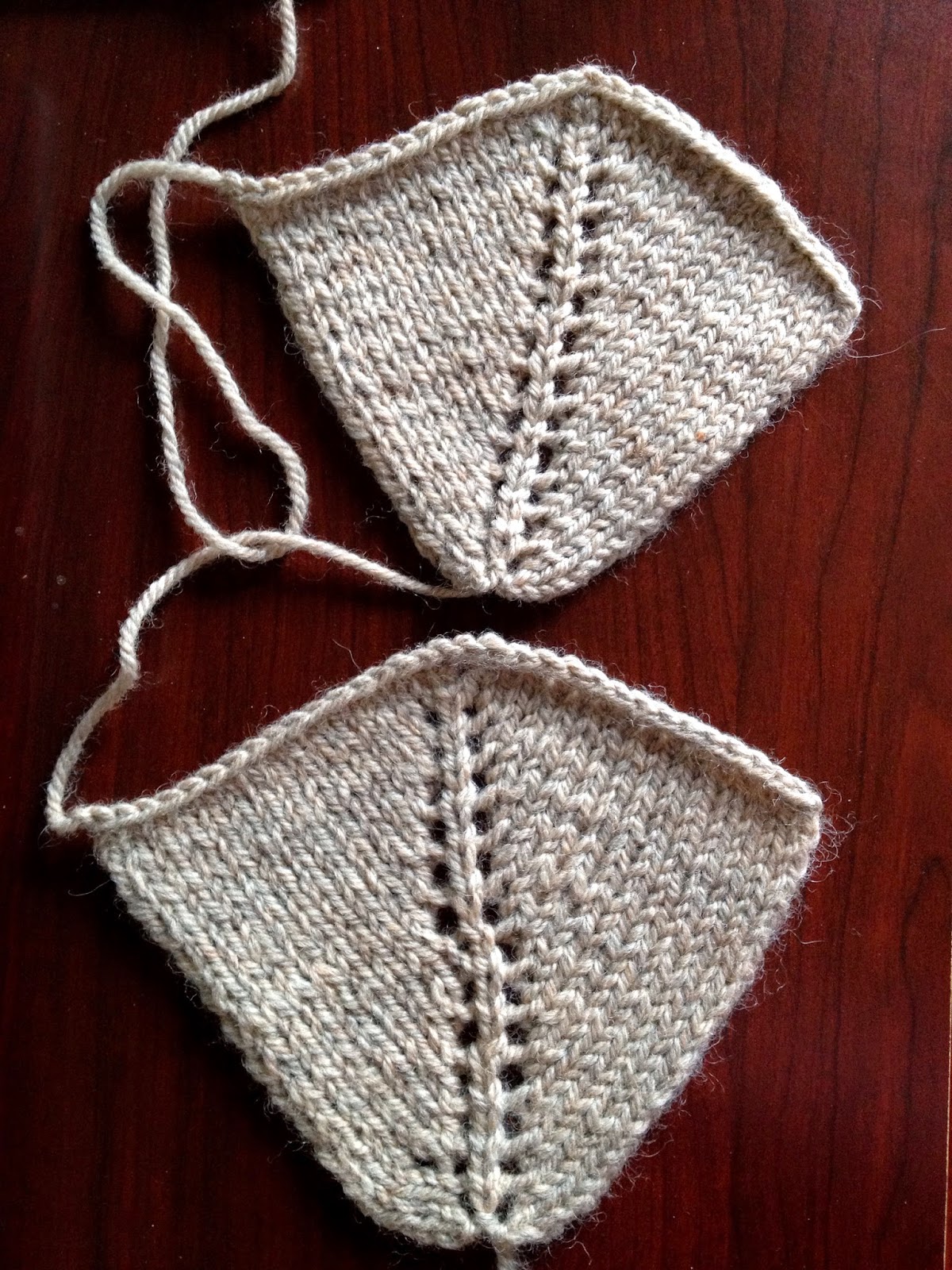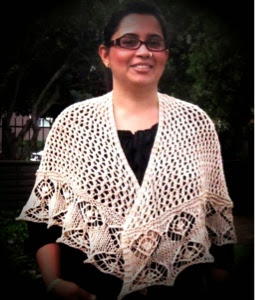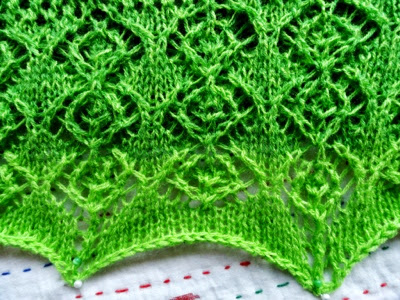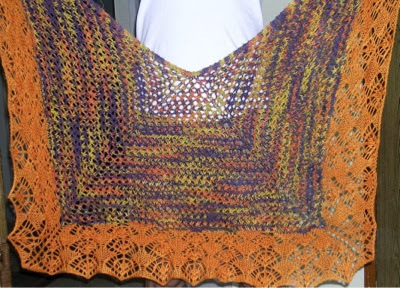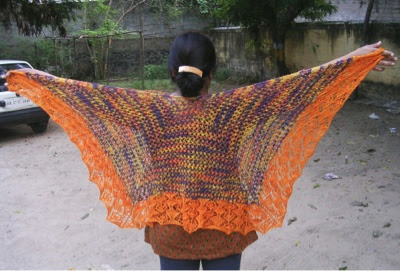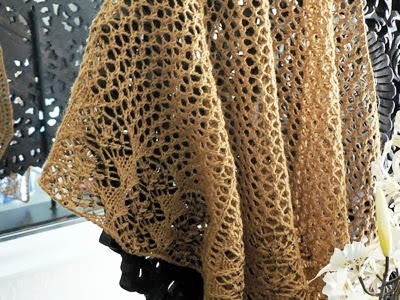G is for Gauge!

As some may know, I have been knitting and crocheting forever. However, for most part of this period, this word was non-existent in my vocabulary. And yet, all my projects somehow ended up being great fits and useful. So far I had mostly knit and crocheted hats and sweaters, and, I like to think that my hands were intelligent enough to pick the right yarn for my project while my brain was functional enough to always come up with the right number of stitches to start my project with (based on my chosen yarn). The sweaters I made were drop shouldered, knit in pieces, to be sewn later on. The hats were always from the top down so that I could check the size while it was in progress. A few minutes of thought would lead to the right stitch pattern for the body of the sweater and I could whip everything I undertook, only in a couple of days. I tell you, those were the days… Taking another look at this phase, I have come to realize that I almost always worked with yarns in the Sport to Worsted weight range. For all of these the number of sts were set in my mind due to the large number of projects I had made. None of these projects were made as design samplers, but were mostly for my, family and friends.
After quite a few years it dawned on me that I should be offering my patterns so others might be able to make these projects if they so wished. In order to do this, I could go two ways… provide tutorials to create ones own pattern before starting the project - this would involve calculations to be done at the user's end; or, go the usual route by provided pre-calculated patterns for standard sizing. After much contemplation, it made more sense to choose the latter. Especially since I started with submissions to magazines and they do require pre-calculations based on standard sizing information. For this exercise, making a gauge swatch was one of the most essential steps.
What is Gauge?
It is a measurement of the number of stitches and rows (or rounds in case of circular knitting) in a given number of inches (or cms if using metric system), usually 4 inches (or 10cm) OR 1 inch (or 2.5cm).
This basic block helps decide the measurements of the finished project in a pattern.
Why is it essential?
This is an important building block of a design since it is rare that two knitters or crocheters will get exactly the same number of stitches or rows/rounds in the same number of inches/cms with the intended yarn for the project and the required stitch pattern.
What does this mean?
This means, every knitter's/ crocheter's gauge is unique.
This is why most designer's will provide their gauge for a design. Meeting this gauge is essential if you are to end up with a project that meets the measurements given in the pattern for your size.
What is a swatch?
In order to meet a gauge given in pattern, knitters/ crocheters usually knit or crochet a small piece with their intended yarn, either working flat or in the round, depending on how the intended project will be made. However, apart from getting gauge information, one also gets information on what the final fabric of the project will be (drapey or stiff).
I usually take two sets of measurements - Pre-blocking AND Post-blocking. That gives me an idea of how much the fabric will grow or shrink after washing the finished project.
When trying to match a pattern's gauge
If your swatch gives fewer number of sts when compared to the pattern's gauge, this means your stitches are larger in size than the designer's. In order to fix this try again with a smaller needle than the one used before. If you proceed with your first gauge, you will get a finished project which is wider when compared to the pattern's measurements.
If on the other hand, your swatch gives more number of sts when compared to the pattern's gauge, it means that your stitches are smaller in size than the designer's. In order to fix this, go up a needle size and try again. Keep doing this until gauge is met. If you proceed with your first gauge, you will get a finished project which is narrower than the pattern's measurements.
If you want to proceed with your first gauge, you will have to recalculate the numbers in the pattern to get the same measurements.
In practice mostly, it is essential that at least the stitch gauge is met (to get the intended width of finished project). We can always work more or less number of rows or rounds to meet the final length measurements. (This will be tackled in depth in a future post.)
------------------------------------------------------
© DESILOOP

